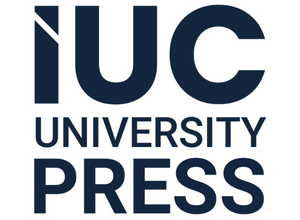Animal-assisted therapy (AAT) is considered a beneficial method to improve children’s and ado-
lescents’ mental and physical health, especially in medical settings. It is a recent phenomenon
in dentistry as an advanced behavioral management technique to reduce anxiety. It is generally
applied in children, patients with known dental phobia, patients who cannot benefit from other
behavior management techniques such as those with autism spectrum disorder or Down syn-
drome, and patients who are not appropriate for sedation or general anesthesia. The aim of AAT
in dentistry is reducing anxiety toward dental procedures and improving patient satisfaction. The
interest of humans in animals comes from the fact that primitive human survival depended in
part on animals in the environment, which is correlated with the biophilia hypothesis. When
animals are in a peaceful state, especially dogs, the situation can signal safety, security, and
a sense of well-being for both humans and animals. Dogs are appropriate therapy animals for
dentistry because they have developed human-like social skills during their domestication over
time. They are sensitive to human posture, attentional situations, and emotions. This review
aims to investigate and summarize the use of AAT in dental care. Various articles in the literature
were reviewed. The main results indicate that AAT is an effective method for controlling anxi-
ety in dental settings, but further investigations and studies should be performed to determine
definitive results.






